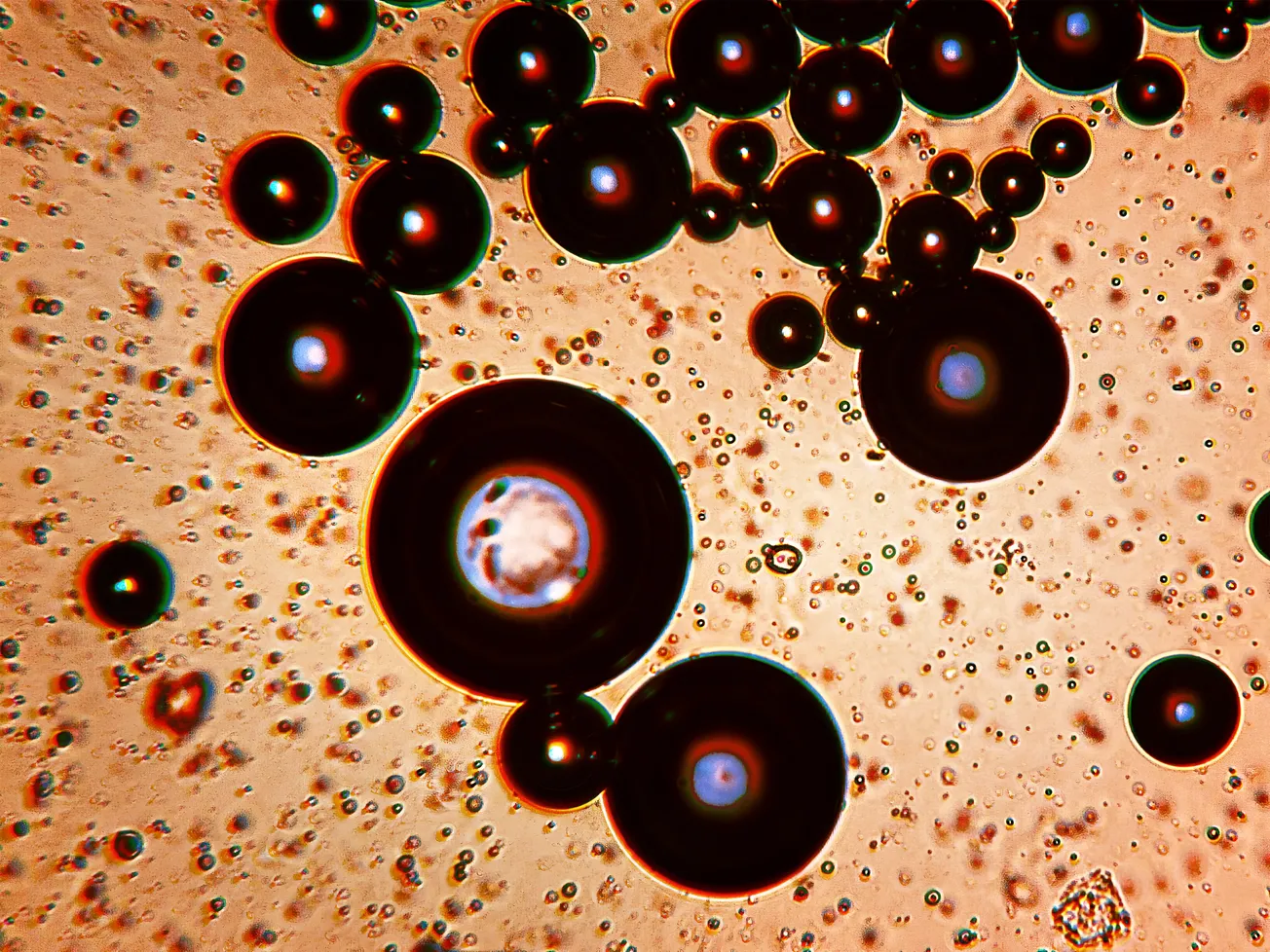From plant-based milk to lab-grown meat, the food and beverage industry has long sought to replace many of our daily staples with factory-made substitutes – but will consumers ever fall in love with bean-free coffee? Deniz Karaman caught up with the synthetic coffee brands determined to usher in a brave new world for commodity coffee
Artificial sweeteners, lab-grown meat and plant-based milk – these are just a few examples of the growing global market for synthetic foods. This trend has largely been driven by consumer demand for alternatives to animal products, particularly from the vegan community, sugar substitutes for individuals with chronic conditions like diabetes or those with allergies.
But what about synthetic coffee? In 2021, US-based Atomo launched the world’s first ‘bean-free’ espresso, and since then other brands have steadily followed suit. However, unlike other alternative foods, this trend isn’t fuelled by mass consumer demand for a coffee alternative.










